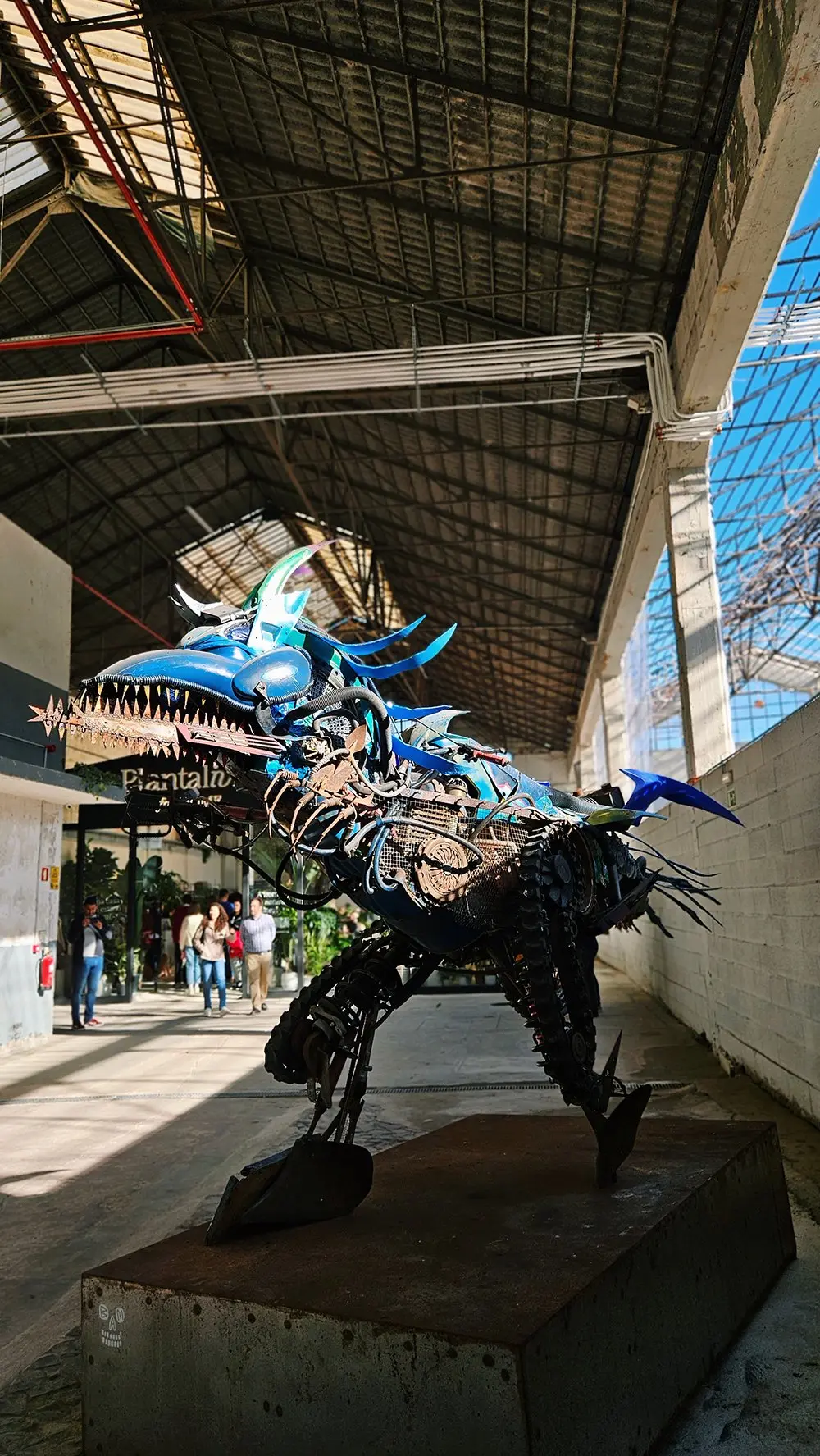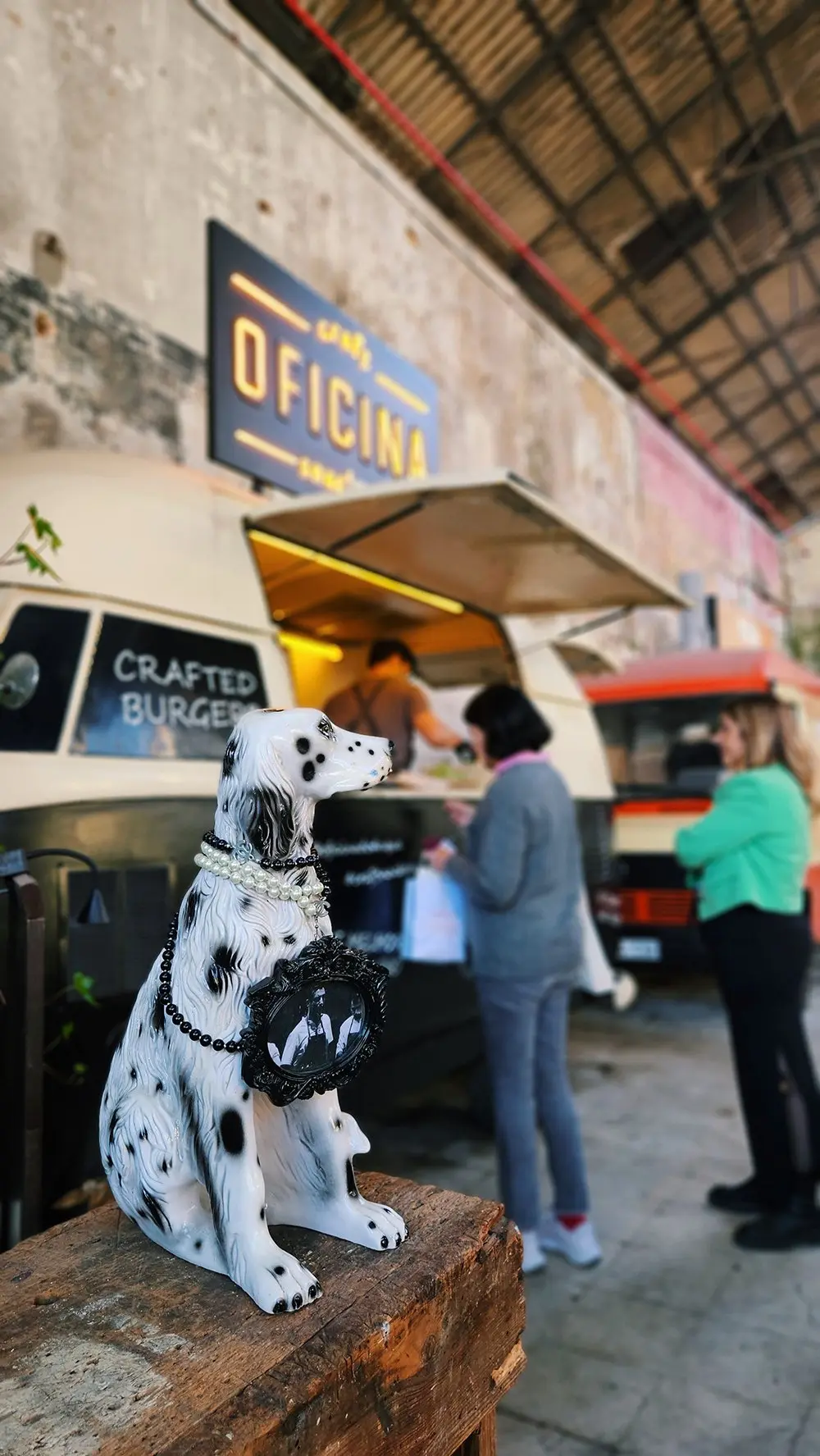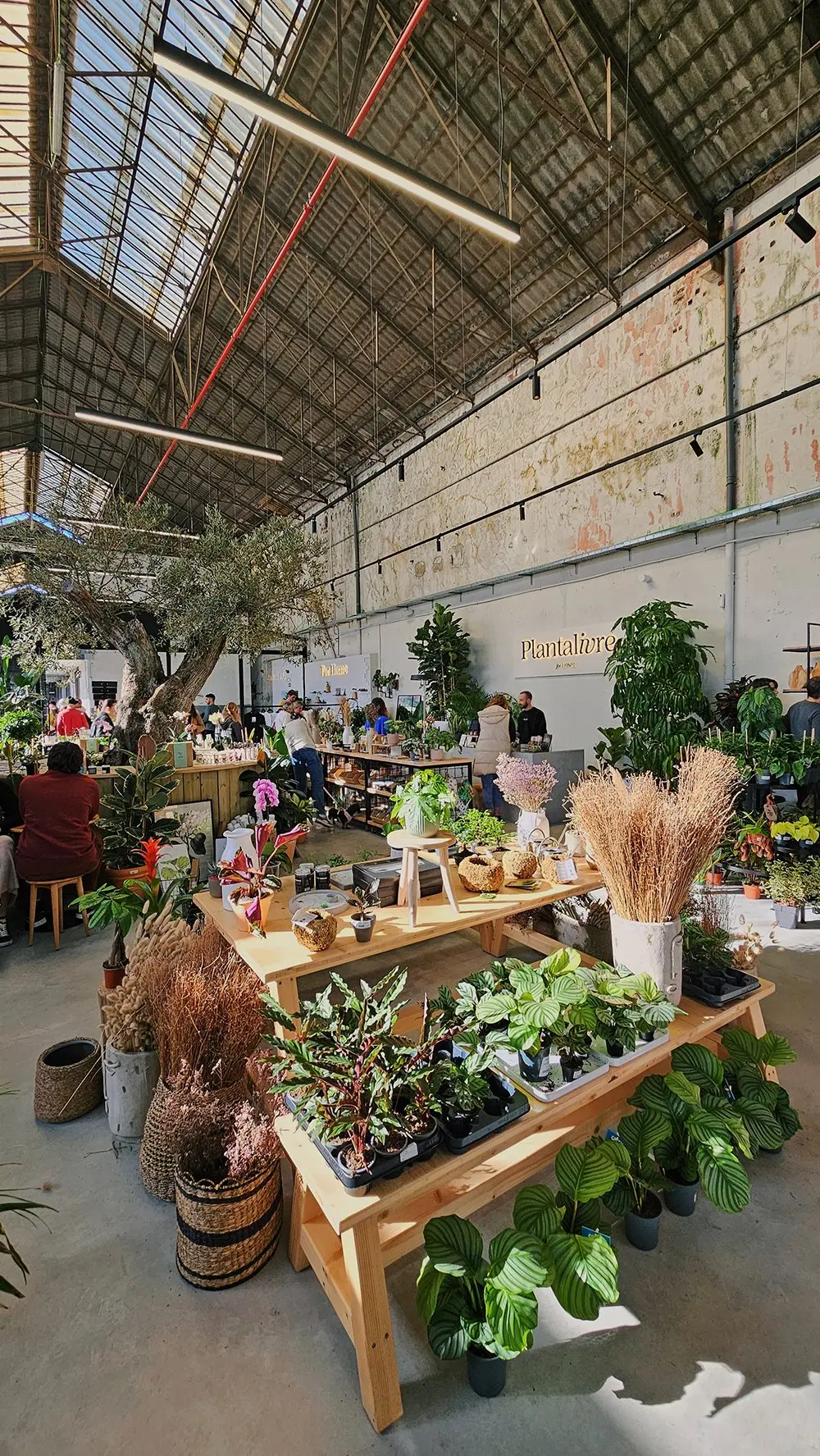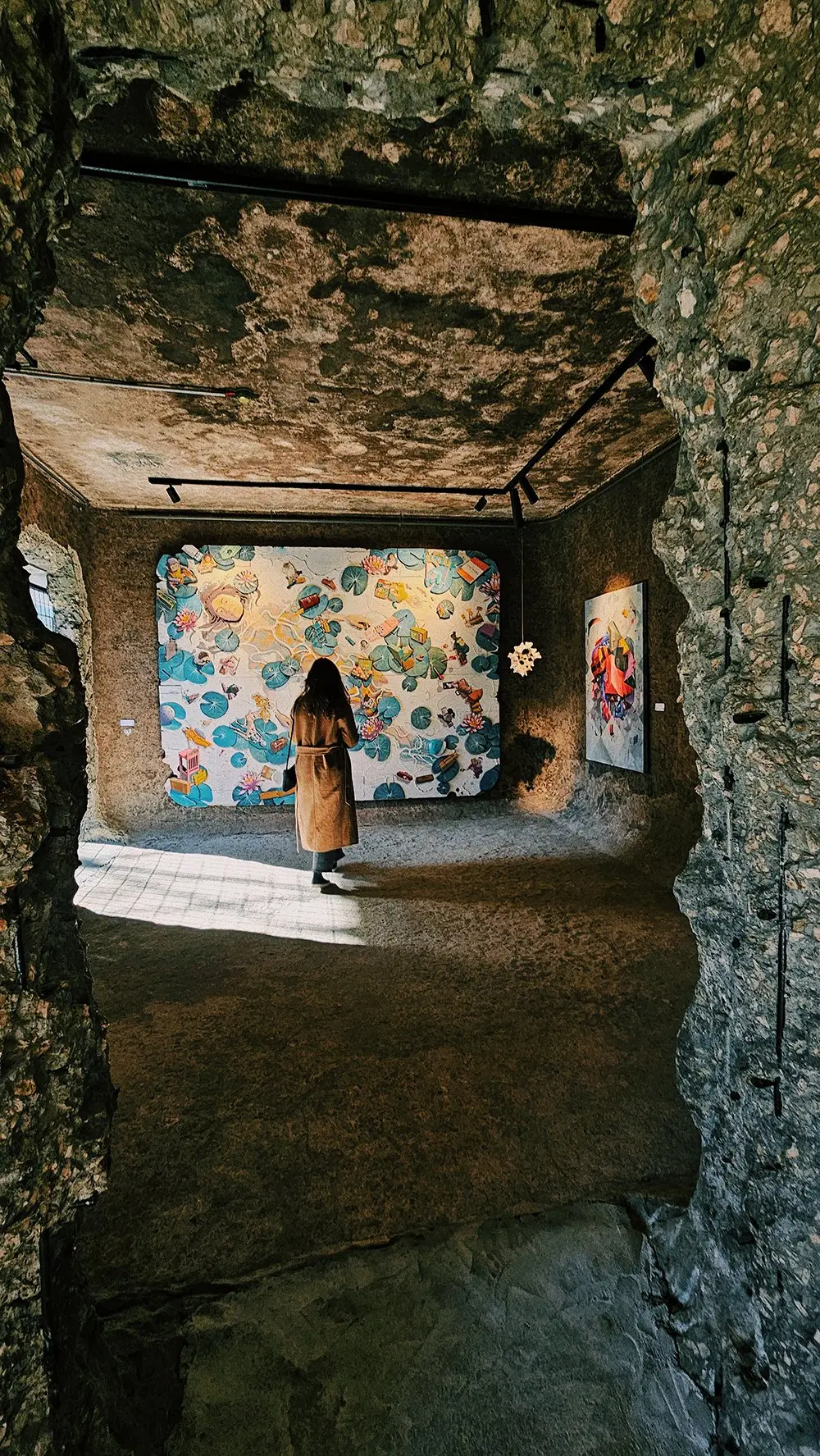
The historic Abel Pereira da Fonseca warehouses, now revitalized as 8 Marvila, are more than just an architectural treasure in Lisbon’s Marvila district—they are a symbol of community, culture, and placemaking that continues to evolve. Originally built in 1917, these warehouses were once integral to Lisbon’s wine industry, serving as a key point of storage and distribution, with the capacity to hold an astonishing 20 million litres of wine. Their influence was so widespread that even the legendary poet Fernando Pessoa was a frequent visitor, often speaking of his trips to “Abel.”
During their heyday, the warehouses buzzed with life. Ships would dock at the nearby pier on the Tagus River, unloading barrels of wine from Bombarral and other regions, destined for Lisbon and beyond, including exports to Brazil, Sweden, and the United States. Workers managed the delicate task of adjusting wine strengths, preparing it for both domestic and international markets. The daily rhythm of this place connected Marvila to global trade and positioned it as a hub of activity in the city.


But like many industrial centres, the warehouses faced challenges over time. By the 1990s, supermarkets began to outcompete smaller businesses, and in 1993, Abel Pereira da Fonseca’s doors closed. Though briefly reopened for Expo ’98, the site lay dormant for many years before being reimagined in 2023 as 8 Marvila.
Today, 8 Marvila is a vibrant space for art, dining, culture, and community, breathing new life into this historic location. It’s a hub where the past and present meet—a place where the community gathers, artists showcase their work, and locals and visitors alike engage with the rich cultural tapestry of Marvila. With an ongoing vision, including its eventual transformation into a real estate project, the space ensures that its cultural heritage remains at the forefront, even as it adapts to new uses.
